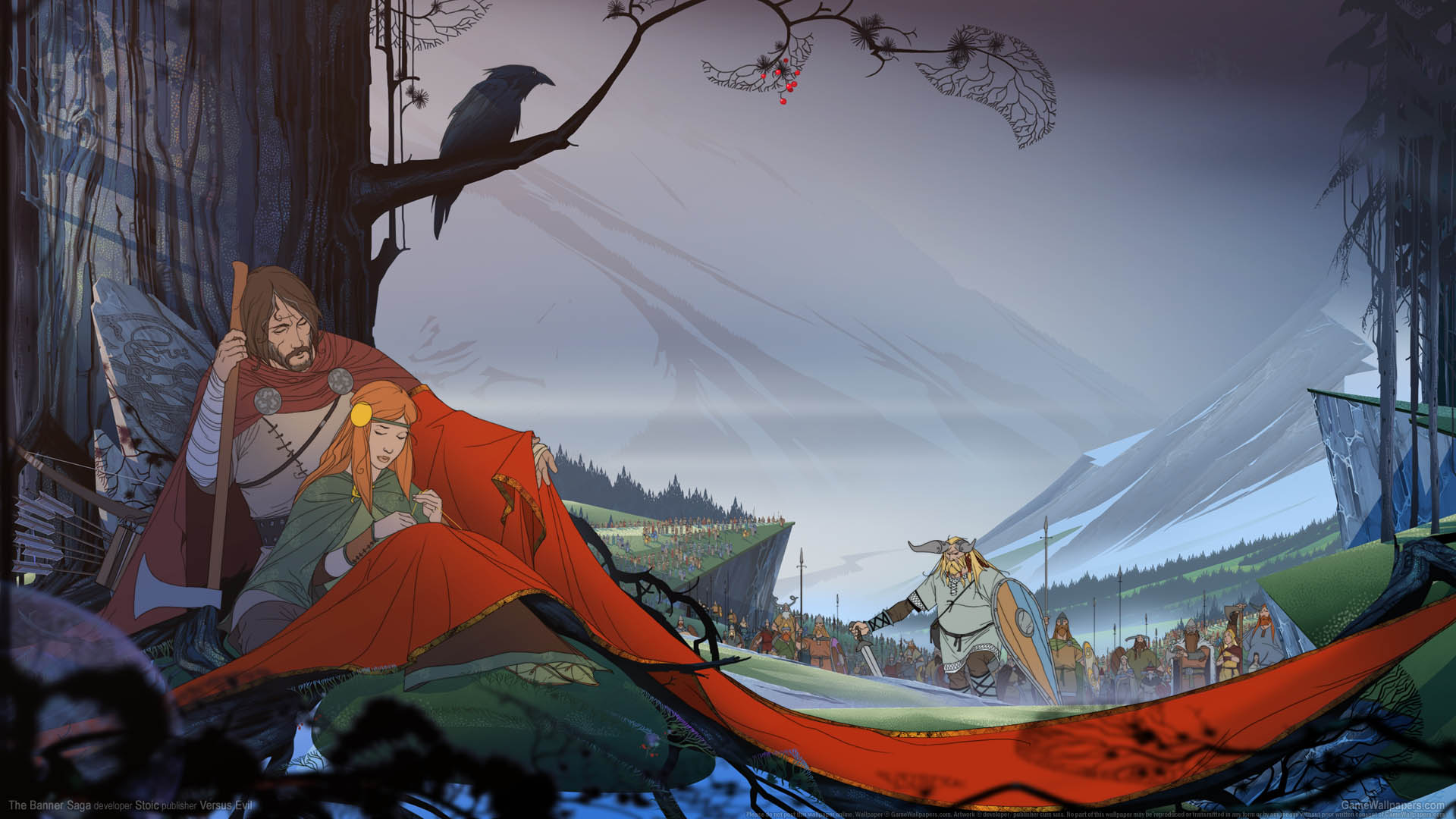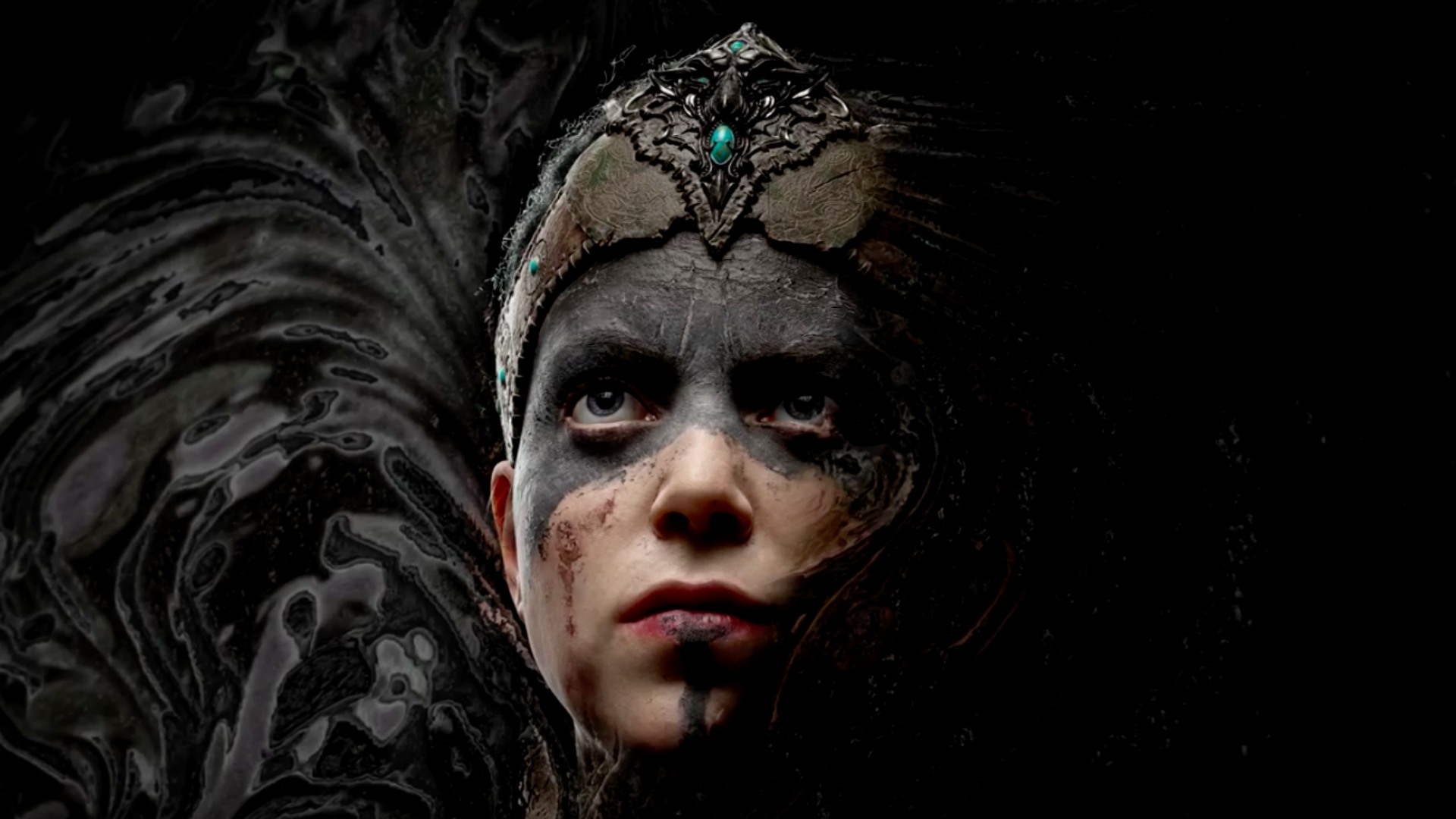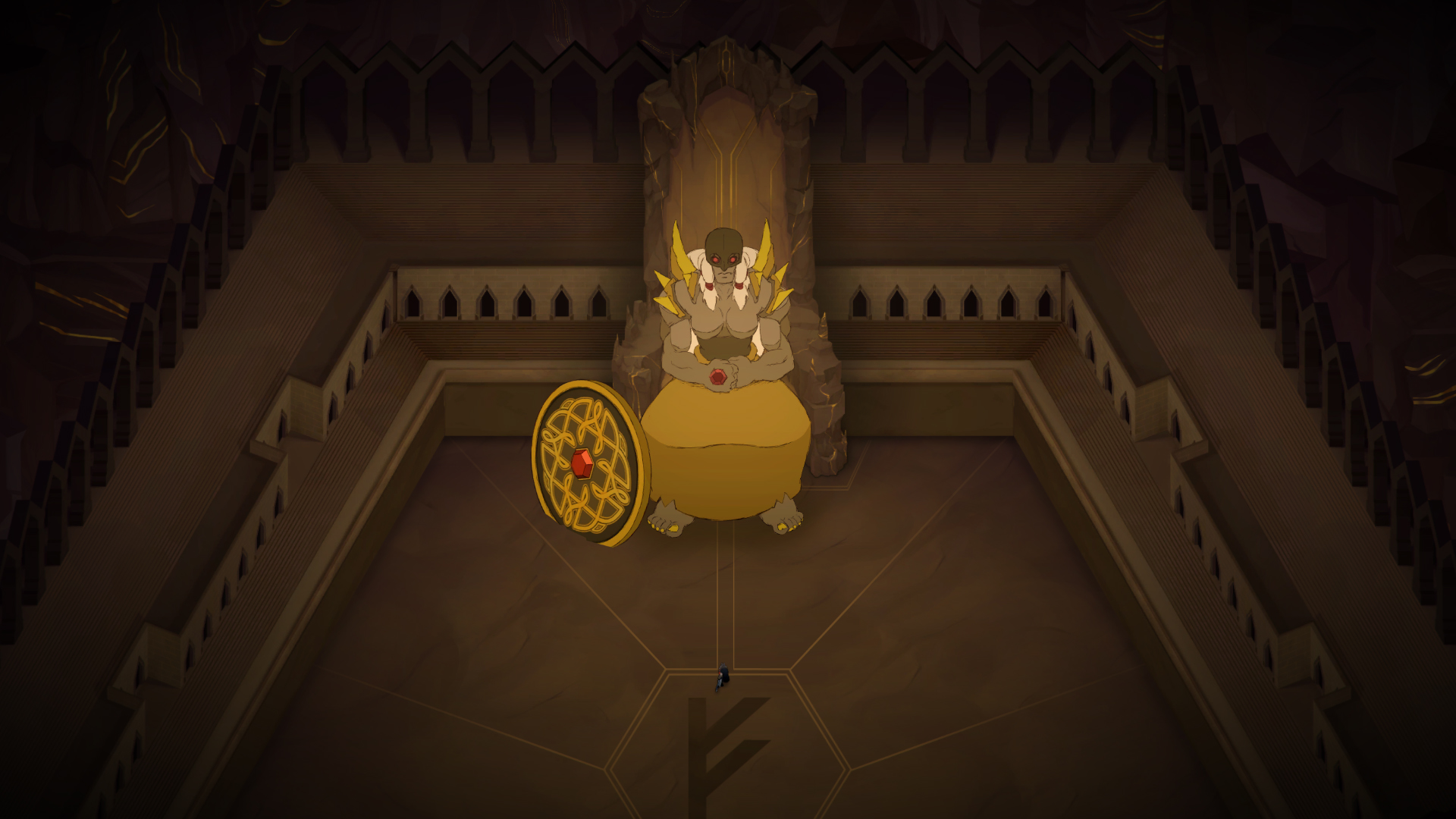Gods And Giants: Gaming’s New Obsession with Norse Mythology
Why are so many recent indie games influenced by Norse mythology?

You don’t have to look far in video games to see references to Norse mythology. RPGs, in particular, are rife with allusions to Odin, Thor’s hammer and Ragnarok. But in the past few years there’s been a slew of games focused specifically on Norse mythology and Viking culture from AAA games like the Norse inspired Skyrim and the recent God of War, to indie games like Hellblade: Senua’s Sacrifice, The Banner Saga, Jotun and many more.
It’s not just video games either. Marvel’s Thor and Avengers films have proven hugely popular, while in TV there’s Vikings, American Gods and Game of Thrones which all draw either literally or obliquely on Norse mythology. But what is it about the Vikings and their Scandinavian legends that has proven so inspirational to game creators over the last few years?
Dr Elizabeth Ashman-Rowe, who worked as a consultant for Ninja Theory on Hellblade, believes it’s the apocalyptic nature of Norse mythology that makes it so intriguing. “The gods are not immortal and are guaranteed to die in a battle that coincides with the destruction of the earth,” she explains, “and this makes them more human, more sympathetic.”
She also suggests it’s a sign of the times. “The amount of actual warfare, violence and terrorism in the daily news might be making realistic video games hit too close to home,“ she says, “so filtering the blood and pain through a mythological setting makes it more tolerable.”
Hellblade certainly takes that approach of reflecting reality, using Norse myth to emulate psychosis and explore issues of mental health. Senua’s descent into the underworld, Helheim, is one of paranoia and melancholy, its theme of impending dread consistent with the inevitability of Viking doom: Ragnarok.

Stoic Games’ The Banner Saga series has a similarly apocalyptic tone, but is set apart by its setting in a Norse mythology and Viking culture-inspired fictional world. In the words of writer Alex Thomas: “Most people who write stories don’t want to feel like they’re rehashing someone else’s.”
For the team at Stoic, Norse mythology provided a step away from the usual fantasy fare; a way of grounding their world in a believable reality. Thomas wished to turn video game tropes on their head. “Every JRPG I played as a kid was about a bunch of plucky children making a party and saving the world against a demon,” he says, “and I thought, ‘what if there was this massive end of the world scenario but you’re just normal people? How would people react?’.”
Producer Arnie Jorgensen always had an interest in Norse legends (his family heritage is Norwegian). He notes that the use of the mythology was meant to set their game apart from others, but they never envisioned being part of a trend. As Thomas jokes, “no market research went into it – we were just like, ‘Vikings are cool!’.”
What makes the writing so believable is that Thomas and the team really understood the mindset of the Viking people. Jorgensen explains: “If you were alive and you felt Ragnarok was coming, you really felt that the world was winding down and devolving into chaos… the best thing you could do was fight really hard, make it into Gladsheim [the realm in Asgard where Odin’s hall Valhalla is located], drink a lot of mead and enjoy yourself while you’re alive because it’s all going to hell.” That same mindset is present in the characters of The Banner Saga, whose fate lies in the impending darkness surrounding them. Thomas adds: “I guess a lot of the melancholic feeling comes from these people resigning themselves to what’s happening.”
That feeling is just one of many parallels between the Norse world and the world of the game. The team didn’t want players to have to rely on prior knowledge of mythology, but instead combined elements of it together into their own fiction. The race of giant Varl, for instance, became an outlet for the prototypical view of Vikings as huge, horned warriors. Then there are the magic-wielding Menders whose origins lie in the Norns of Norse mythology, powerful maiden giantesses who weave the fate of men.

This certainly informed the gameplay. The Varl take up more space on the battlefield and fight differently to the human characters, but more so, it impacted the art style. Weapons are accurately drawn and wielded in a realistic fashion, while the designs of the UI and clothing use weavings taken from archaeological digs that Jorgensen then traced over. All of this was to keep things real and believable. “If we hadn’t done that nuance,” says Thomas, “your relation to these people would’ve been diminished.”
Plus, there’s a juxtaposition between the story and the art – a melancholy tale told through a colourful and inviting style, so that, in Jorgensen’s words, “it’s fanciful but it’s still believable.”
The same rings true of Jotun from Thunder Lotus. Like The Banner Saga, its narrative centres on death – this time a dead female warrior named Thora defeating giants (the Jotnar) to earn a place with the gods in Valhalla. And yet its visual style is bright, colourful and cartoonish, though the creators never felt the story was at odds with the visuals. Indeed, many older animated films that inspired them include passages that play as strikingly dark.
Art Director Jo-Annie Gauthier explains further: “The more we read about Norse mythology, the more we realized the stories were heavy with meaning and emotion, and more often than not had a darker twist. They were also sprinkled with humour and a lot of character… we wanted to even out the heavy topics like Thora’s death and her task of slaying those giants with something fun and pleasant to look at, much like a lot of Norse art is colourful and full of life.”

As with the Stoic team, Jotun’s Creative Director William Dubé found much inspiration in the epic Norse texts, which are “filled with perfect backstories for a video game.” The game’s themes are universal – failure and redemption – but perhaps most inspirational was what Dubé describes as “the unfettered craziness at the heart of Norse mythology, reading just how cruel their Gods can be.”
“When we found Norse mythology,” he says, “we thought, ‘holy crap, this isn’t Thor from Marvel.’ There are dark stories too. So for all the level design, we started from a story in the actual mythology and then said, ‘okay, how can we fit this in the game? How can we turn this into a gameplay mechanic?’.”
Jotun also highlights the minuscule nature of its human warrior in comparison to the gods and giants, enforcing the struggles of Thora’s quest. Gauthier made them “bigger than life” to make the various elements of Norse myth visually appealing to the player, while doing plenty of research for an authentic feel with a stylised twist. “In my eyes,” she explains, “my art for the game was meant to serve the mythology we wanted to share, and not the other way around.”
With the Jotnar themselves, though, Gauthier eschews the traditional notion that the giants are simply bigger humans and instead made them connected to each realm with more fantastical elements. “Much as the first giant – Ymir – was born of fire and ice, we wanted to carry that idea on to the five Jotnar Thora has to defeat, “ she says. “And since elemental beings are sort of common in games, making ours unique and fresh was quite a challenge.”

So why Norse mythology? For Dubé, he was struck by its depth and craziness. “I was surprised at the time that an authentic take on the mythology didn’t exist in mainstream entertainment,“ he says. “Happily, I wasn’t the only one to recognise the deep well of inspiration just waiting to be tapped, and it’s great to see such a wide variety of takes on the material that have been brought to the medium.”
For the team at Stoic, it was the bravery of the Vikings that truly inspired them. “They were complete jerkwads!” Jorgensen jokes. “But at the same time, they had a flipside to them that was really noble. They were very fair and law abiding, in their own way.”
Thomas adds: “what modern person doesn’t want to feel revered that way, for that strength? Or at least feared or admired.”
But even more so, it’s the Viking sense of adventure that captured their imagination. “The thing I’ve always admired about these guys is their ability to just hop in a longboat, and just sail in one direction, find new worlds, and conquer people, says Jorgensen. “They were as bold a people as I think history has ever seen.” And that made a fitting parallel with the Stoic team themselves, for whom The Banner Saga was their first adventure together. “We launched off and you can’t come back, you have to succeed. If you don’t you’re dead. Thank goodness we found shores and people like what we did!”
